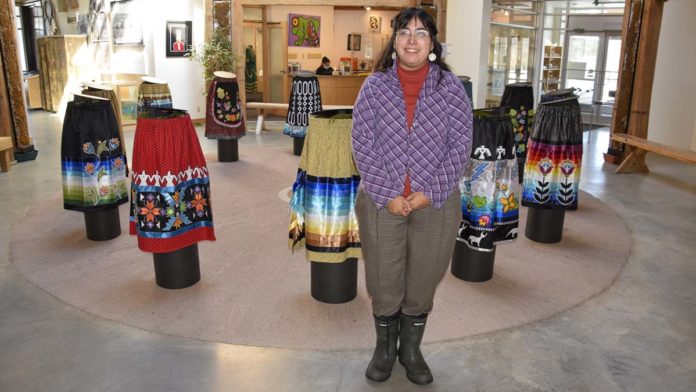Sinking Carbon
Carbon sinks are natural ways our planet regulates the CO2 in the atmosphere. For example, the ground and the ocean both store carbon and are considered carbon sinks; however, this is not permanent storage. Human actions that cause CO2 to be released into the environment consist of mining, deforestation, and the use of oil rigs. You have heard of water cycles, lifecycles and, most likely, bicycles, but there is one more cycle to learn about: carbon cycles.
A carbon cycle is a natural way the earth regulates carbon in the atmosphere, which is being hindered by humankind (more like hum-unkind). This quite simple process includes carbon production, photosynthesis and decomposition. Plants will ‘breathe’ the carbon in the air, store it inside themselves, and then decompose, storing the carbon in the soil.
You can easily disrupt this process at all three stages, but we will focus on one for now. Carbon sinks are now being disrupted by mining industries more than ever in known history. This process releases carbon that has been in the ground for anywhere between a century and a few thousand millennia.
We have discussed the ways that land traps carbon dioxide but haven’t considered the ocean’s role in the carbon cycle. The ocean contains 36,000 gigatons of carbon. That’s roughly 16 times the amount of carbon held inland. The water is not the mastermind behind all of this carbon-storing; it’s the phytoplankton. However, due to the amount of plastic in the ocean, phytoplankton are becoming overworked.
Boreal wetlands are really important ecosystems that play a key role in carbon sequestration. Under wetlands, there are large amounts of peat that stores carbon, locking it into the ground. The trapped carbon in these wetlands can no longer contribute to climate change, unless the ecosystems are damaged. Other key ecosystems are mangrove swamps. Mangrove swamps are helpful in more than one way—they act as storm barriers for inland areas, help filter river water and are nurseries for fish. More relevantly, mangroves store a tonne of carbon in the soil. Like boreal wetlands, mangroves are also at threat of being damaged. Mangroves may drown because of rising sea levels, or be cleared to make room for farms. Ecosystems that store carbon need protection.
If you wish to help our world replenish its supply of carbon sinks, plant a tree or donate to a tree-planting charity. So far, we are lucky on Manitoulin Island not to have any major problems with deforestation or water pollution, but a difference is a difference. If we can do our best to clean up our place on the earth, it may encourage others to do the same.
If you have any suggestions for an Eco-hero article topic, please email bauery@rainbowschools.ca.



